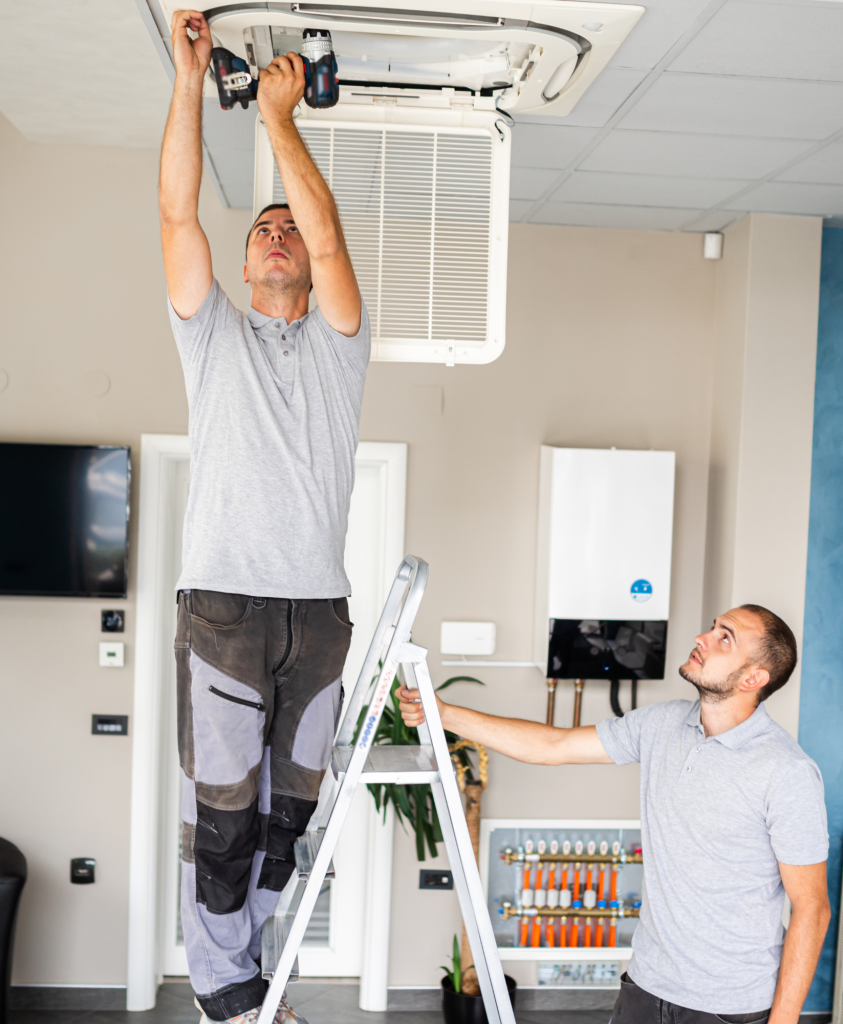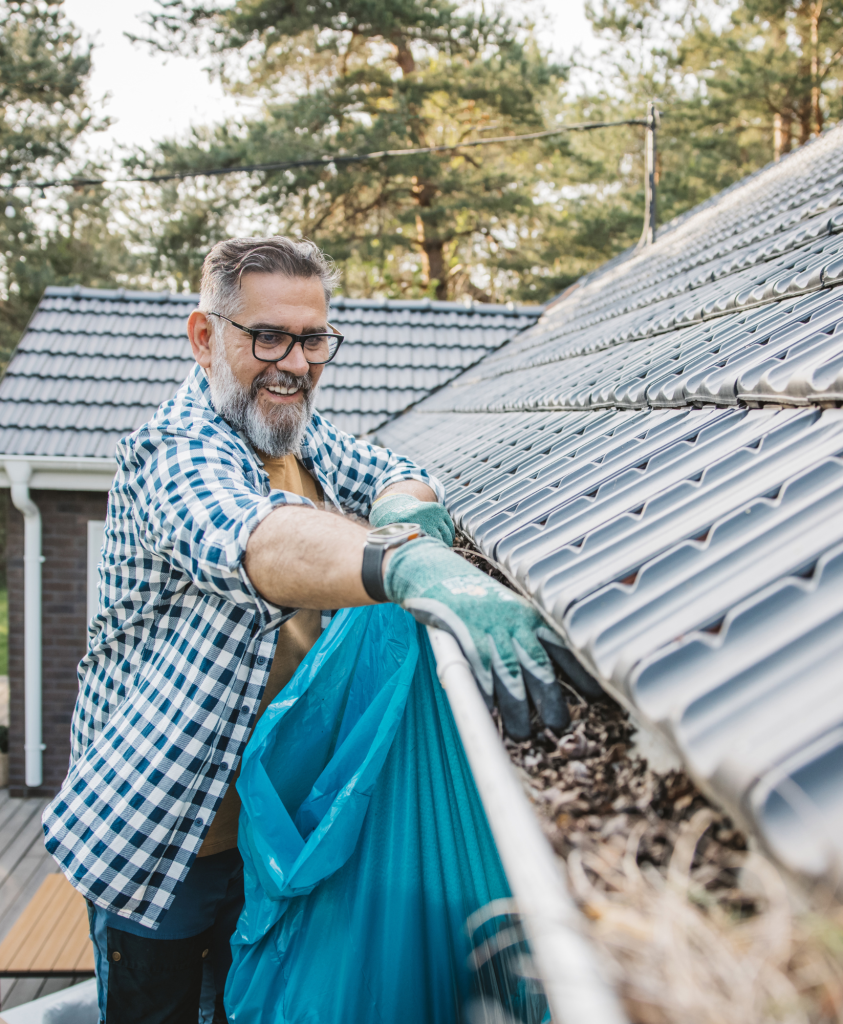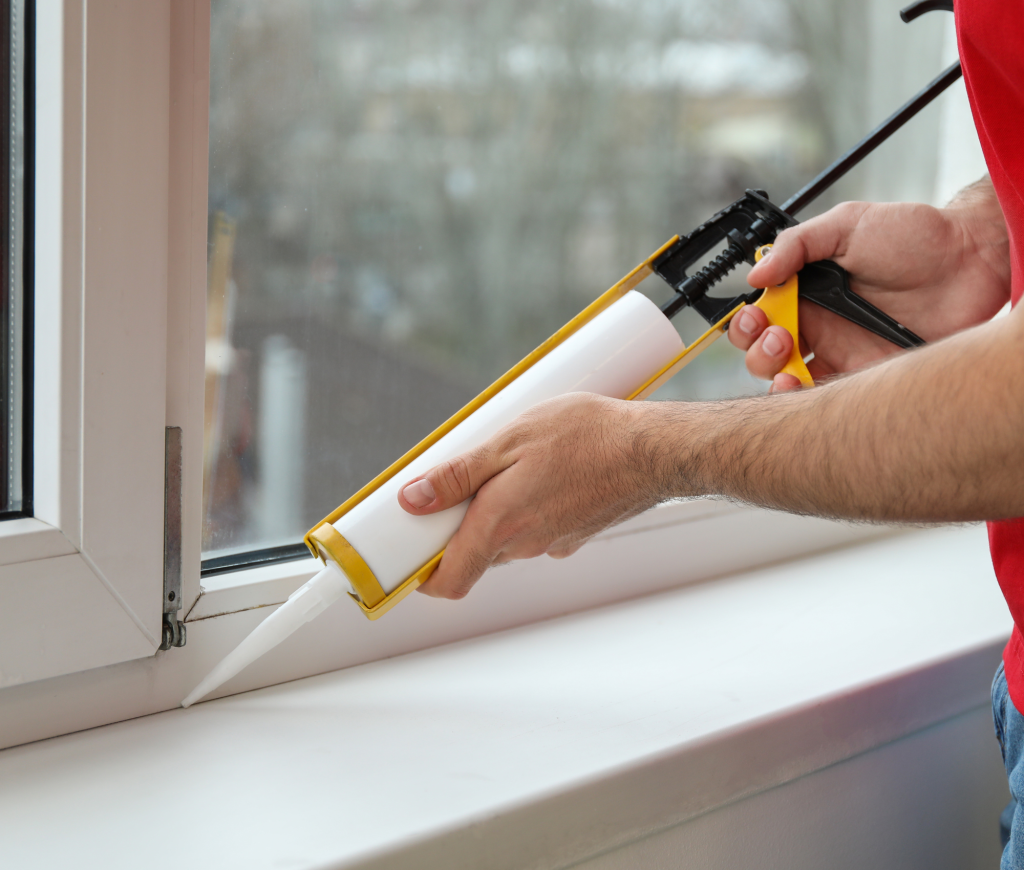
10 Tips & Tricks for Home Maintenance
Home maintenance is key to avoiding costly repairs, keeping your home comfortable, and ensuring its long-term value. With a little effort and a good routine, you can make a big impact on the health and efficiency of your home. Here are ten essential tips and tricks for maintaining your home all year long!
1. Create a Home Maintenance Schedule
Establishing a home maintenance schedule helps you stay organized and ensures you won’t overlook important tasks. Here’s a breakdown of what to do each season:
- Spring: After the winter thaw, clean your gutters, inspect the roof for damage, check windows for leaks, and service the air conditioning unit. Now is also a great time to test exterior drainage and inspect driveways for cracks.
- Summer: Touch up paint on your home’s exterior, check the seals on windows and doors, and inspect your deck. The summer heat can also be a strain on your HVAC system, so make sure it’s working efficiently.
- Fall: As the weather cools, rake leaves, clean out your chimney, and inspect the heating system to ensure it’s ready for winter. Winterize outdoor faucets, too, and drain garden hoses.
- Winter: Test your smoke and carbon monoxide detectors, monitor plumbing for leaks, and keep your walkways clear of snow and ice. This is also a good time to check the insulation in your attic to help reduce heating costs.
By following this seasonal schedule, you’ll stay on top of maintenance tasks and prevent problems from sneaking up on you.
2. Check and Maintain Your HVAC System
Your HVAC system is essential for maintaining a comfortable home environment, but it needs routine maintenance to operate efficiently. Start by changing the air filters every 1-3 months, depending on usage. When filters become clogged, airflow is restricted, which forces the system to work harder. This increases energy costs and can shorten the lifespan of your HVAC unit.
In addition to replacing filters, schedule professional inspections and servicing twice a year—ideally in spring and fall. These tune-ups include checking for issues, cleaning coils, and lubricating moving parts. Regular maintenance not only keeps your HVAC system running smoothly but also enhances indoor air quality and reduces the risk of unexpected breakdowns.

3. Test Smoke and Carbon Monoxide Detectors
These small devices play a big role in keeping your family safe, so it’s crucial to keep them in good working condition. Test smoke and carbon monoxide detectors monthly and replace the batteries at least once a year, or whenever they start chirping. It’s a good habit to replace the batteries when you change your clocks for daylight saving time.
Smoke detectors should be replaced every 10 years, while carbon monoxide detectors generally need to be replaced every 5-7 years. Mark the installation date on each unit so you know when it’s time for a replacement. Also, make sure you have detectors installed in key areas, like each bedroom, outside sleeping areas, and on each level of the home.

4. Clean Your Gutters and Downspouts
When cleaning, start by removing leaves, twigs, and other debris, and inspect for any signs of damage or loose fasteners. Flush the gutters with water to ensure everything is draining properly. To cut down on maintenance, consider installing gutter guards to keep debris out and reduce the frequency of cleanings.
5. Inspect Your Roof Annually
Your roof is your home’s first line of defense against the elements, so it’s important to inspect it regularly. Look for missing, cracked, or curling shingles, as well as moss or lichen growth, which can indicate trapped moisture.
If you’re comfortable doing so, you can use a ladder to get a closer look. Otherwise, hire a professional to inspect the roof once a year, ideally in spring or fall. Catching issues early can help prevent leaks and extend the life of your roof, saving you from expensive repairs down the line.
6. Maintain Your Water Heater
Your water heater is one of the most frequently used appliances in your home. To keep it running efficiently, drain the tank once a year to flush out sediment buildup. Over time, sediment accumulates at the bottom of the tank, reducing the heater’s efficiency and shortening its lifespan.
To drain your water heater, turn off the power supply (for electric heaters) or the gas valve (for gas heaters), and connect a garden hose to the drain valve. Open the valve and let the water flow until it runs clear, then refill the tank. Additionally, set the thermostat to 120°F—this temperature is safe, saves energy, and reduces the risk of scalding.
7. Clean Your Dryer Vents
Lint buildup in dryer vents is a major fire hazard. Along with cleaning the lint filter after each load, make sure to clean the dryer vent hose and the exterior vent at least once a year. Clogged vents can cause your dryer to work less efficiently and can even lead to overheating.
You can use a vacuum or a long brush specifically designed for dryer vents. If it’s been a while since you last cleaned it, or if you notice that your clothes are taking longer to dry, you may want to hire a professional to give it a thorough cleaning.
5. Inspect and Seal Windows and Doors
Drafty windows and doors can significantly increase your heating and cooling costs. To prevent energy loss, inspect your windows and doors each fall for any gaps, cracks, or worn-out weatherstripping. These gaps allow air to escape, making it harder to keep your home at a comfortable temperature.
To check for drafts, run your hand along the edges of windows and doors on a windy day. If you feel a breeze, it’s time to apply caulk or weatherstripping. For larger gaps, you might consider using expanding foam or adding a draft stopper. This simple task can save you a lot on your energy bills over time.

9. Fix Minor Plumbing Leaks and Drips
Leaky faucets and running toilets may seem like small issues, but they can lead to big water bills and potential water damage. A dripping faucet, for example, can waste up to 3,000 gallons of water per year. Tackle these problems as soon as you notice them.
Check all exposed pipes, including those in the basement and under sinks, for signs of leaks or corrosion. In cold weather, insulate pipes in unheated areas to help prevent them from freezing and bursting. Fixing these minor issues promptly can prevent more extensive (and expensive) plumbing problems later.
10. Monitor Your Home’s Foundation
Your foundation is crucial to your home’s structural integrity, so it’s essential to check it periodically. Walk around the outside of your home, looking for any cracks, uneven areas, or signs of moisture buildup. Inside, look for cracks in walls, uneven floors, or doors and windows that don’t close properly, which could indicate a foundation issue.
If you notice water pooling near your foundation, ensure that your downspouts are directing water at least 5 feet away from the house. Regularly inspect your foundation for any signs of trouble and consult a professional if you spot anything concerning.
Final Thoughts
Routine home maintenance doesn’t have to be a chore. By breaking down tasks into manageable steps, you can keep your home in excellent condition year-round. Preventative maintenance will help you avoid costly repairs, improve your home’s efficiency, and ensure that your house stays a safe and comfortable space for years to come. So grab a checklist, prioritize these tasks, and enjoy the peace of mind that comes with a well-maintained home.
Ready to buy a home? Our team of Mortgage Experts can help!
